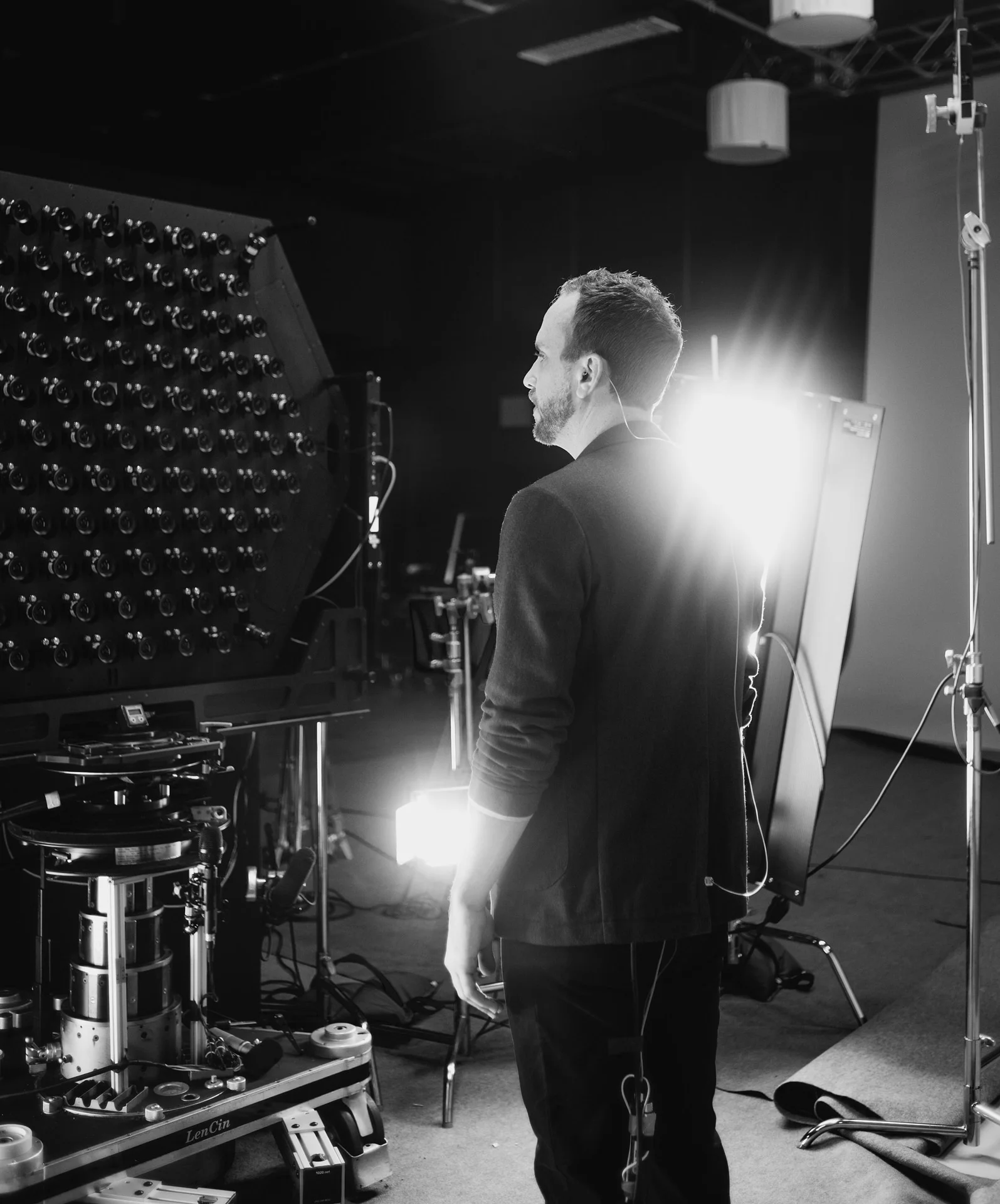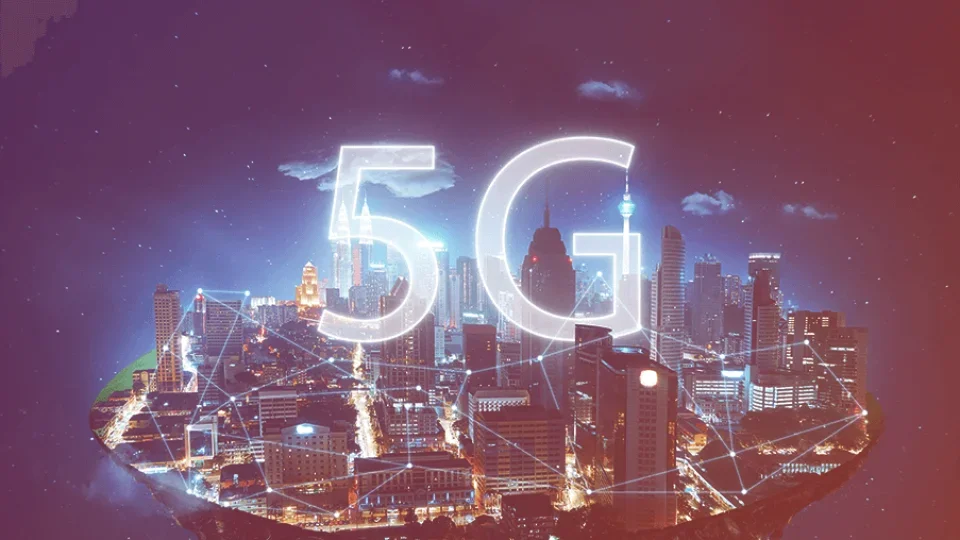5G AND WHAT IT MEANS FOR EXPERIENTIAL MARKETING
Un-tethered to a single technology, our immersive experiences help clients discover, explore and connect, creatively forging deeper relationships between brands and their consumers.
Want to explore the possibilities of new technologies? Get in touch to explore ideas.
Want to explore the possibilities of new technologies? Get in touch to explore ideas.

With all the hype around 5G, you’d be forgiven for thinking the revolution is already here. Let’s try and shed some light on exactly what it is and how it will enable a new wave of mobile experiences.
5G or 5th generation network, promises to improve on three key aspects of 4G: more bandwidth (faster data speeds), lower latency (less lag, more responsive) and many more devices connected simultaneously (for smart devices and IoT).
Now, 5G has only just started to roll out with the first few handsets and city centre locations but we expect this to gather pace over the next year or two until the majority of mobile users are covered. Likewise, the capability of 5G, initially not much more than the best 4G will gradually increase as more dedicated hardware comes online.What does all this mean in practical terms as 4G is good enough to video call and stream box sets, why do we need 5G…
DISTRIBUTION
Firstly faster download speeds, this means richer content and snappier loading times. 4k video may seem like plenty of resolution but for the average VR headset to stream a full 360 3D experience 5-6 times 4k would be ideal. Another solution is to only stream the area the user is looking at. This is where lower latency comes in, as you turn your head orientation information needs to be sent to the server and a different part of the video streamed. If you turn quickly or there’s too much latency you end up looking at a low res version waiting for the high res content to catch up.
AR has similar challenges which 5G will address. The content needs to be responsive to the user’s environment. For an ideal AR experience, sensing what’s being looked at and serving up contextually relevant information before you’ve looked away is vital. Lower latency and faster data will mean some of these tasks can be offloaded to edge computing rather than having to be handled by local hardware, meaning AR glasses can be smaller and batteries last longer.
Future media formats like true 3D Holograms that use voxels rather than pixels and Light Field video typically have an order of magnitude larger data requirements. These amazing technologies are impractical to stream at the moment but as more capacity becomes available whole new classes of experience will become possible.
The Internet of Things will truly come of age as 5G rolls out. Many more devices will become connected, tracking their locations and reporting back useful data in real-time. Individual mobile cells will support many more simultaneously connected devices. Things like real-time visitor tracking at large events to avoid queues and bottlenecks. Autonomous vehicles and drones will benefit from more reliable connections and less lag, ushering in the age of drone deliveries. Real-time product tracking so you will know your amazon package is heading towards you or sitting on your neighbour’s doorstep. Quickly updating massive data-set’s becomes possible. Stores could make real-time stock levels available so you know the last trainer you were walking to try has just gone out of stock but a new one will be there in 21 minutes.
5G and all its promises will take a few years to roll out meaning there’s a window to develop new experiences and educate around what will be possible.
We’re always looking to expand our network of creative collaborators, from technical specialists to people that work in more traditional art forms. LAUNCH exists to blend the barriers between creative practices and new tech. Get in touch to explore ideas.




